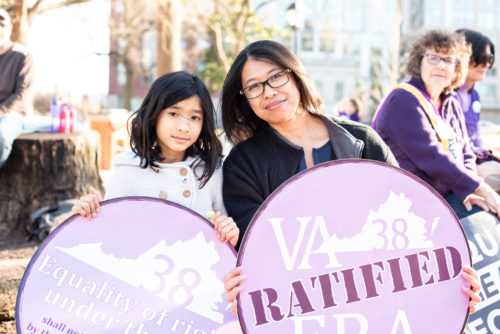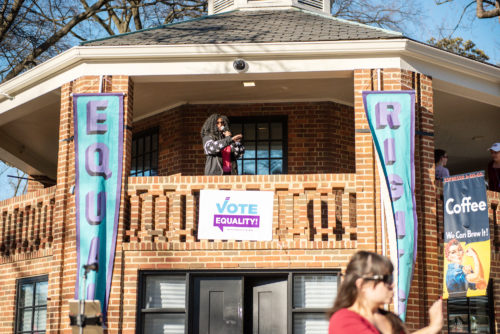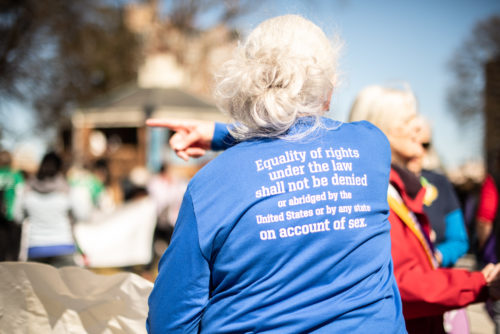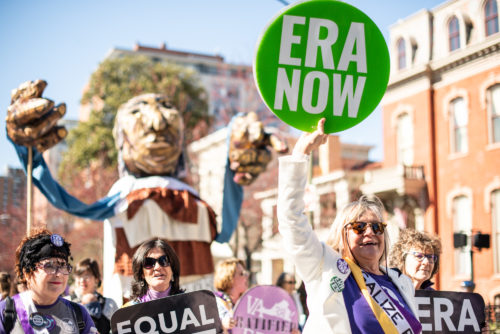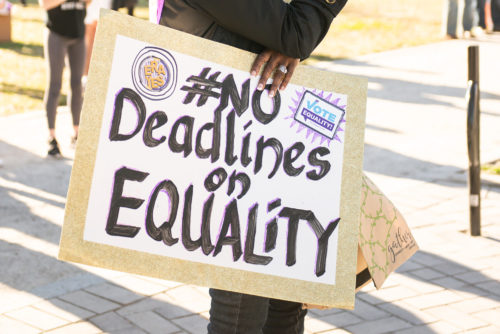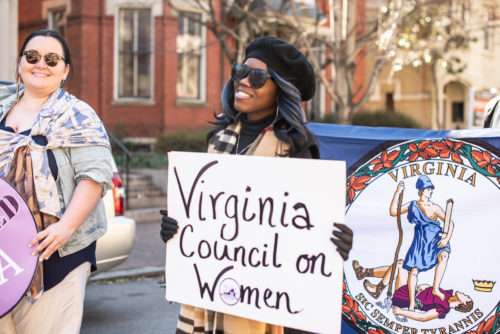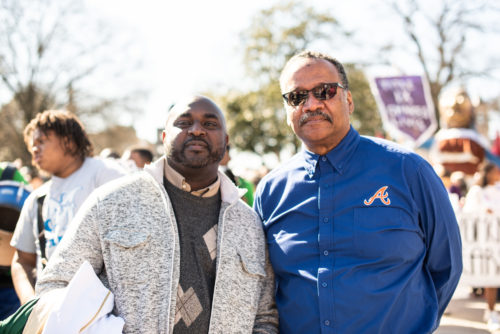“Doesn’t this open the door for abortion rights?”
From 1973 through June 24, 2022, Americans had constitutionally protected abortion access under a constitutional right to privacy. This right to privacy was a substantive due process right, or implied right, of the U.S. Constitution.
On Friday, June 24th of 2022 the Supreme Court of the United States retreated from fifty (50!) years of case law with its Dobbs decision by determining there are no such implied rights in the U.S. Constitution.
NOTE: This decision puts other past Supreme Court decisions based on the right to privacy at risk (same sex relationships, interracial marriage, birth control, etc.).
The Supreme Court of the United States has previously changed course/direction, generally in the name of social progress. For example, the Supreme Court overturned the “separate but equal” doctrine of Plessy v. Ferguson (1896) 58 years later in Brown v. Bd of Education (1954).
A few issues are seemingly unprecedented in the Dobbs decision:
1. A number of Supreme Court Justices who had previously testified in Congress, indicating they believed Roe v Wade to be settled precedent, authored / joined decision(s) that contradicted congressional testimony.
2. The Dobbs decision does not match the opinion held by a large majority of the public, where over 60% of Americans support legal abortion access.
3. Many consider Dobbs to be a regressive, not progressive, decision. Regression is not the usual direction of major Supreme Court decisions.
4. Conservative Justices, writing opinions from an originalist framework, ignored Article V and the fully ratified, but as yet unpublished, Equal Rights Amendment.
At this point in time there is no reasonable roadmap for anticipating how this Supreme Court would interpret the Equal Rights Amendment and its impact on abortion access. It is the opinion of VoteEquality leadership that it is more likely to be a future Supreme Court that interprets gender equality to provide freedom from government involvement in private medical decisions.
Because constitutional amendment case law can take 20-50 years to become clear, the current Court is unlikely to be the final decider in what the Equal Rights Amendment means to American case law.
NOTE: Many may look to state level cases interpreting a state constitution’s ERA to predict possible Supreme Court action on the federal Equal Rights Amendment. However, please bear in mind the Supreme Court of the United States is not held to state level decisions / precedent, particularly when they are not even holding themselves to their own chamber’s precedent.
28th Amendment (Equal Rights)
Section 1: Equality of rights under the law shall not be denied or abridged by the United States or by any state on account of sex.
Section 2: The Congress shall have the power to enforce, by appropriate legislation, the provisions of this article.
Section 3: This amendment shall take effect two years after the date of ratification.
ADDITIONAL FAQs

